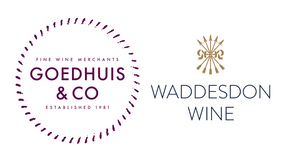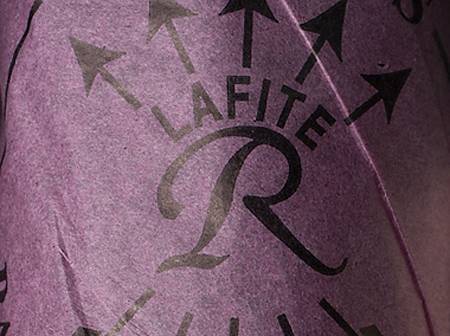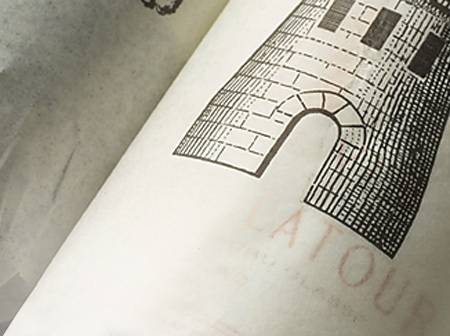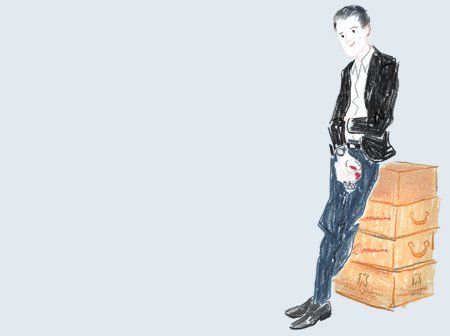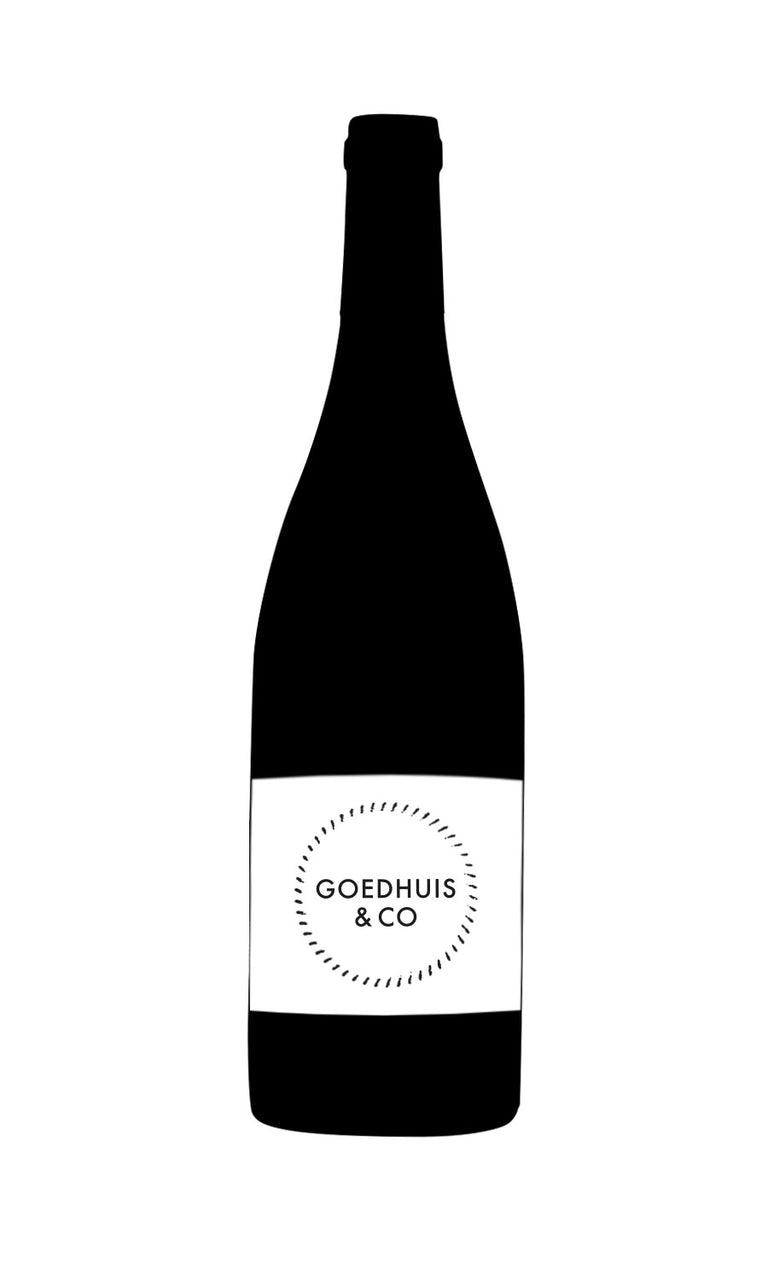
- Colour Champagne_Sparkling
- Producer Louis Roederer
- Region Champagne
- Drinking 2022 - 2050
- Case size 3x75cl
- Available Now
2012 - Louis Roederer Cristal Rosé - 3x75cl
- Colour Champagne Sparkling
- Producer Louis Roederer
- Region Champagne
- Drinking 2022 - 2050
- Case size 3x75cl
- Available Now
Select pricing type
Need help? Call +44 (0)20 7793 7900 or email wine@goedhuiswaddesdon.com.
-
Antonio Galloni, December 2019, Score: 98+
The 2012 Cristal Rosé is magnificent. When Chef de Caves Jean-Baptiste Lécaillon started to move Roederer towards organically farmed fruit, he started with Cristal Rosé, Roederer’s smallest production cuveé. Because of that, Cristal Rosé is the wine in this range that shows the current Roederer style in its fullest expression. Rich, vivid and crystalline in the glass, the 2012 Cristal Rosé is a Champagne of tremendous gravitas. Chalk, white flowers, sweet red berry fruit, mint and blood orange are all beautifully delineated. The 2012 is 55% Pinot from Ay and 45% Chardonnay from Mesnil and Avize. The Pinot fruit gets a 7-10 day cold soak an is the infused into the fermenting Chardonnay musts. Readers who can find the 2012 should not hesitate, as it is truly magical. Dosage is 8 grams per liter. 2022 - 2052
-
Wine Advocate, March 2020, Score: 98
The 2012 Cristal Rosé is showing brilliantly, unwinding in the glass with a beautiful bouquet of fresh peach, bergamot, strawberries, tangerine and blanched almonds that's still quite reserved. On the palate, the wine is full-bodied, deep and strikingly complete, its vinous attack segueing into a multidimensional core that exemplifies the ideal of power without weight, built around a racy but integrated spine of animating acidity and complemented by an exquisitely refined mousse. All the concentration of the 2012 vintage is on display, but it's rendered with terrific finesse. Decidedly youthful and introverted—indeed, I spent several hours with a bottle to compose this note—the 2012 will really come into its own with five or six years in the cellar and displays all the attributes necessary for considerable longevity. It's a blend of 56% Pinot Noir and 44% Chardonnay that saw no malolactic fermentation, and it was disgorged with eight grams per liter dosage.
-
James Suckling, July 2019, Score: 99
This is a great vintage for Cristal Rosé. The pinot noir finds a band of power and expressiveness. The power here is impressive, very assertive and rich, really mouth-filling and super deep. This is exceptional and has intense, chalky and fresh, white-peach and nectarine aromas, underpinning red flowers and pink fruit. The palate has a scintillating blend of flesh and mineral cut, packed with such sweet, pristine, white-strawberry flavor and texture. This has such incredible potential. So exciting. Will take another two or threw years to resolve. Look out for this! Drink from 2025.
-
Jancis Robinson, June 2019, Score: 18.5
Paler than the 2008 rosé. Straight up the nose with raciness and transparency. Some Riesling energy! Long and hugely impressive. Lowest dosage ever. Great stuff. Tastes sweet and already flirtatious. Drink 2020 - 2028
Producer
Louis Roederer
Established in 1776, Champagne Louis Roederer is one of the few remaining completely independent family owned, great Champagne houses. By 1886 the House had achieved such a reputation for quality that the second Louis Roederer was asked by Tsar Alexander II to create Cristal for the exclusive use of the Russian Tsars, and in so doing created the first Cuvée de Prestige. In January 2006, Frédéric Rouzaud became the 6th gener...Read more
Established in 1776, Champagne Louis Roederer is one of the few remaining completely independent family owned, great Champagne houses. By 1886 the House had achieved such a reputation for quality that the second Louis Roederer was asked by Tsar Alexander II to create Cristal for the exclusive use of the Russian Tsars, and in so doing created the first Cuvée de Prestige. In January 2006, Frédéric Rouzaud became the 6th generation of the family at the head of the company. With 10 years already behind him at Louis Roederer, Frédéric's accession is valuable; as a guarantee of continuity for the House. Roederer owns just over 200 hectares of vineyards located in the finest areas of Champagne - Montagne de Reims, Vallée de la Marne and Côte des Blancs. Roederer self sufficient for 100% of its vintage styles, and provides two-thirds of its production for Brut Premier. Such a high proportion of ‘estate' grapes is very unusual in champagne, and ensures superior quality at allstages from grape to glass.Read less
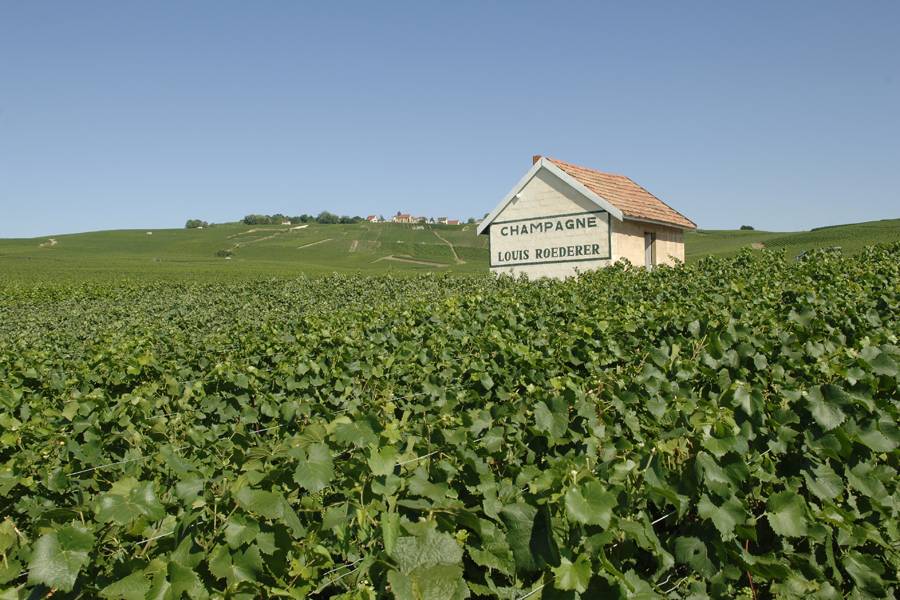
Region
Champagne
Champagne, the world's greatest sparkling wine, needs little introduction - with imitations produced in virtually every country capable of growing grapes, including such unlikely candidates as India and China. The Champagne region, to the north of Paris, has the most northerly vineyards in France, with vines grown on slopes with a southerly exposure to maximise sunlight. The soil is chalky, providing an excellent balance of drainage and water retention. The key to the wine is in the cellar - the bubbles result from a second fermentation in the bottle and the rich toasty flavours in great Champagne come from extended bottle ageing on the yeasty lees. Until the eighteenth century, the wines produced in the Champagne area were light acidic white wines, with no hint of sparkle. However glass and closure technology developed at that time and it was not long before Dom Perignon, a Benedictine monk at the Abbey of Hautvilliers, started experimenting with blends and produced the first recognisable champagne. In a world accustomed to still wines, the advent of champagne was almost a flop. It was saved when it became fashionable at the French court as a result of Louis XV's mistress Madame de Pompadour commenting "Champagne is the only wine that lets a woman remain beautiful after she has drunk it." And the rest is history, with famous (or infamous) champagne lovers including Casanova, Dumas, Wagner, Winston Churchill, James Bond and Coco Chanel.
